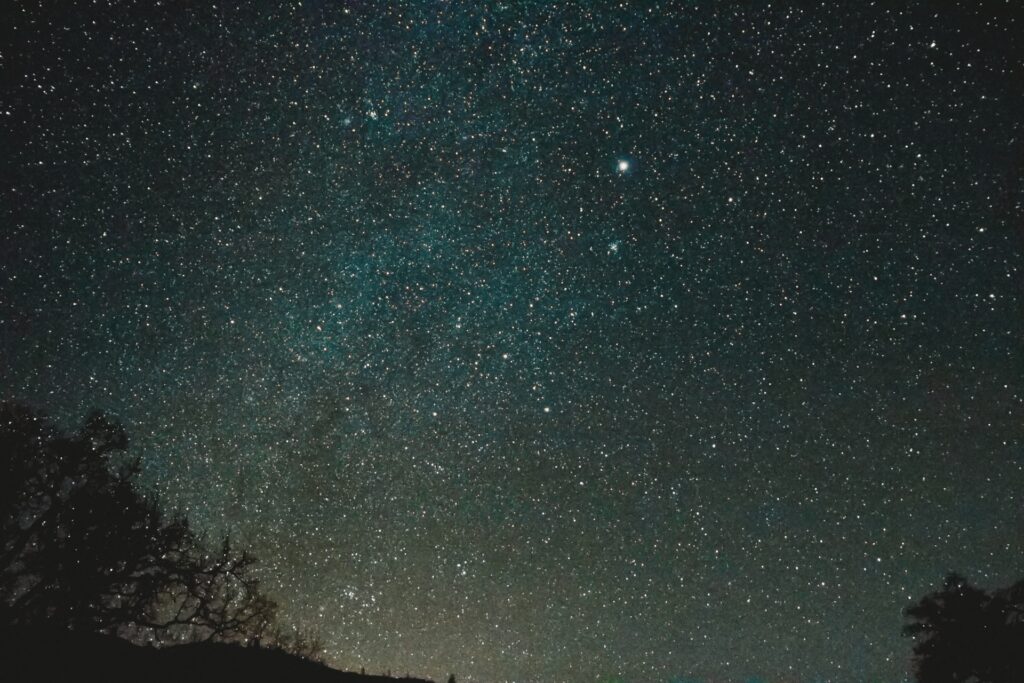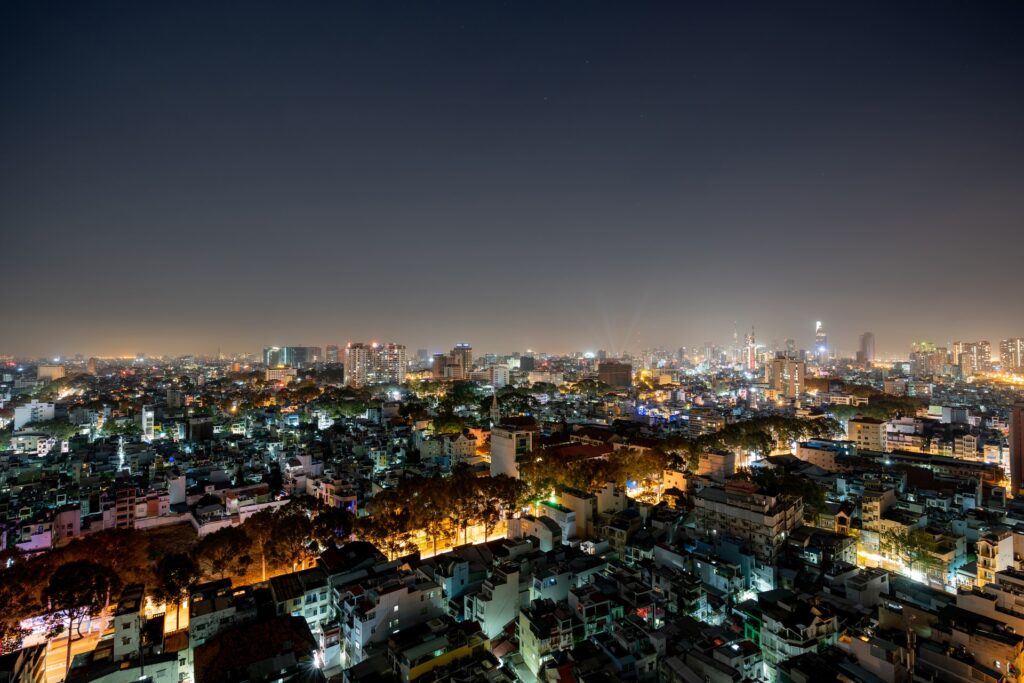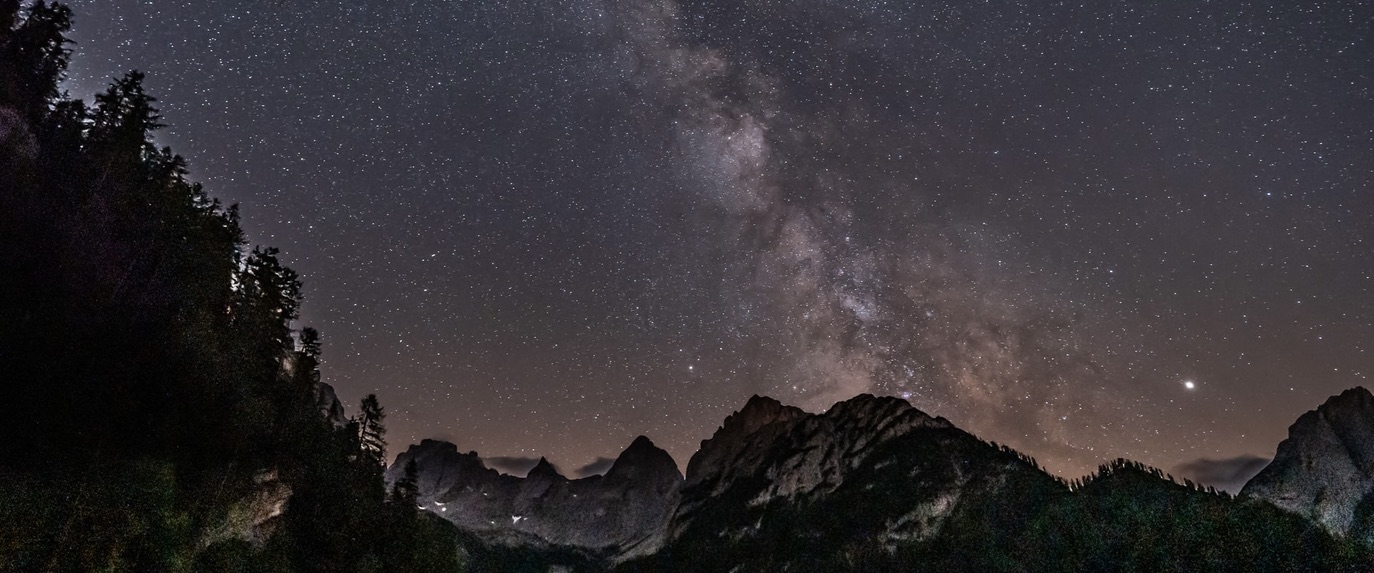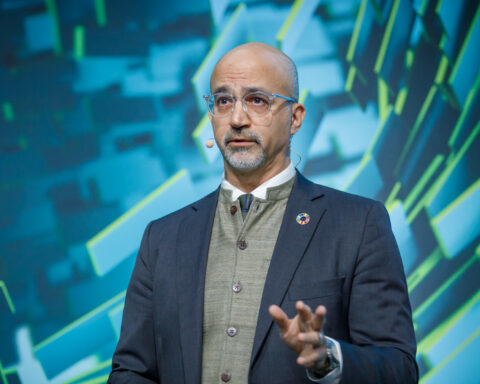What do the sun, a lightbulb, and an anglerfish have in common?
Not too difficult, right? They all produce light.
While the anglerfish might still be able to astound us, we usually take light for granted. After all, we are surrounded by it every day. We might miss the sun on a particularly rainy day, or long for the bathroom lights to work when there’s a blackout in the neighborhood at night, but we rarely remember all that light entails. Still, it’s important to do so as we continue to discover and rediscover our relationship with light.
What Light Really Is
Scientists usually specify light as the electromagnetic radiation that the human eye is able to detect. The electromagnetic spectrum ranges from long, harmless radio waves to more dangerous gamma rays with short wavelengths. Visible light only accounts for a tiny section of this entire spectrum. It is made up of the primary colors as well as some hues ranging from red to violet.
There are only a few natural sources of light. These natural sources include the sun and stars, fire, lightning, and bioluminescent animals like glow-worms or some types of jellyfish. Everything else either reflects these natural light sources, such as the moon reflecting the sun, or is a human-made source of light.
Humans have been using natural light for a long time. Fire, for example, brought light into the darkness, and daylight was used for sundials. Then, in the early 1800s, Humphrey Davy created the first device capable of producing electric light – namely, an arc lamp. These arc lamps were built around two charcoal rods and were used as the first electric street lights.
The concept was further developed by many scientists, among them famously Thomas Edison. It took over 150 years of research and innovation to lead us to the LED bulb as we know it. But there is much more to light than a bulb despite its groundbreaking impact.
The International Day of Light, for instance, is celebrated on the 16th of May. This day is not a random choice. It marks the day that the first laser was operated – only one example of light technology that is so important today.
Light and Culture
It’s not only in science that light remains significant. It is ever-present in culture, literature, and art. In a cultural sense, light is often connotated with knowledge or hope. Think of the concept of enlightenment in the religious or philosophical sense, or the commonly known idea of bringing light into the darkness.
Despite the artificial light sources and light technologies that have fascinated and transformed the modern world, there is a different light source that has guided and formed human cultures for a long time. Humans have watched stars and constellations from all over the world. Thus, different societies were inspired by the night sky. Almost everywhere, different astrological ideas governed cultural routines and beliefs. Also, nautical navigation was already used by native Hawaiians to find their way on the water at night.

Light as a Pollutant
There is a deep, undisputed connection between humanity and the light of the stars. However, this connection is threatened by the very creation that it inspired. If you’ve ever been on a night flight, you might have looked out the window and been struck by the beauty of a brightly lit city at night. Artificial lights are used to light the streets, shop windows, and buildings. From up above, it almost looks like a beautiful night sky.
From down below, however, stars are rarely visible. All we see is a grey haze that covers the sky. The natural, star-lit night sky becomes less visible due to the excess use of artificial light. The problem with this excess is that it is not only the useful light that helps us see a dark street at night.
When artificial light sources are not properly adjusted to the area’s needs, there can be glare zones around the source, which emit unnecessary and uncomfortable light. Additionally, light reflections or poorly shielded light sources can send these electromagnetic waves upwards into the sky. This excess is called light pollution. It has been stated that around 80% of the people on earth do not experience a clear night sky, especially in Europe and the United States.

Light pollution harming the environment and wildlife
Current research has shown that light pollution has a big impact on humans. However, light pollution does not only affect human beings. It is also disruptive to wildlife such as trees’ flowering patterns or dragonflies, which mistake shiny surfaces reflecting artificial light with ponds and lakes to lay their eggs into.
However, this does not need to diminish the accomplishments surrounding artificial light and light technology. It only calls for us to be more mindful about how we use the human-made light sources in harmony with nature.
Rediscovering Light
Astrophysicist, writer, and educator, Kelsey Johnson strongly believes that this harmony with nature is crucial to our well-being as well as that of the planet. Through her work, she inspires people to explore the universe and preserve our delicate relationship with it. She prompts us to take care of our environment. Especially regarding our use of light.
In her TED talk, Johnson educates us about the dangers of mindless use of artificial lighting and offers simple, yet effective solutions. We can use lights in an appropriate amount and brightness. It is also important to shield them so they don’t shine upwards, where they are unnecessary and harmful. Additionally, using warm light instead of white or blue-tinted lights can help us to protect our night sky. Lastly, spreading awareness in our community and taking action is an effective way to bring about change, especially regarding unshielded and overly bright street lighting.
To learn more and to understand the full effect of harmful light pollution from Johnson herself, you can watch her inspiring and enlightening TED talk here:
A Step To Action
Only recently, the Naturpark Attersee-Traunsee has been awarded the first International Dark Sky Place in all of Austria. The Upper Austrian nature park that extends close to the Alps offers a clear and starry sky at night. The different communities living in the area have decided to change all existing outdoor lighting to more sustainable, less polluting alternatives.
This example shows us that natural preservation is a collective effort. Taking responsibility for our actions and adjust our behavior has many benefits. It will allow us to see the stars again. it will also help the environment to recover and thrive.
Changing a lightbulb. Drawing the curtains. Turning off the light when you leave the room. These actions and similar ones may seem simple but they are effective. If we use our technologies mindfully, we’ll be able to enjoy the inspiring powers of natural as well as artificial light for a long time.
Header image by Pascal Debrunner on Unsplash





